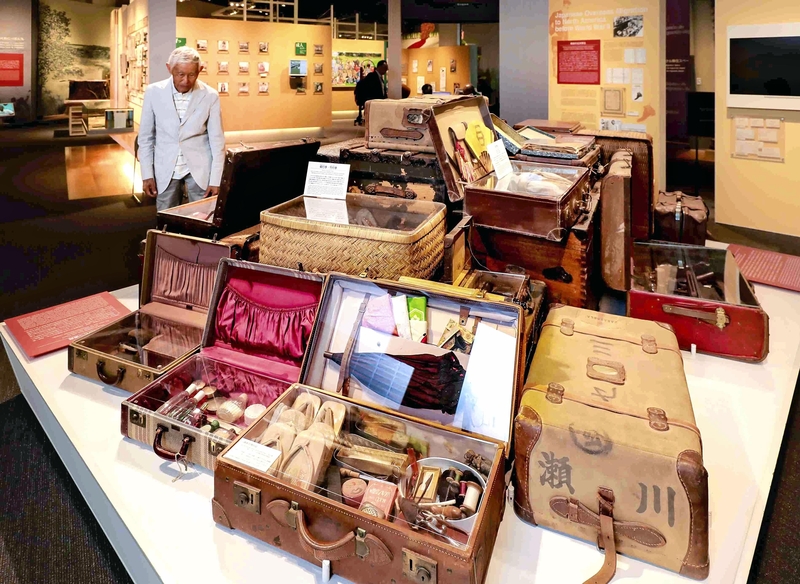
YOKOHAMA -- Back in 1868, 150 years ago, the Meiji Restoration coincided with the start of the official push to have Japanese emigrate overseas. The total number of Japanese emigrants and their descendants abroad is believed to have amounted to 2.5 million.
To look back at this history, the Japan International Cooperation Agency (JICA) opened the Japanese Overseas Migration Museum in Yokohama in 2002. One section of the museum is themed "Dedicated to those Japanese who have taken part in molding new civilizations in the Americas" and introduces the history of Japanese emigrants who contributed to the industries and culture in their destinations. There is also a section on Japanese emigrant communities today.
One of the exhibits is a miniature model of a float decorated with vegetables and fruits. The original was made by a Japanese farming family that emigrated to Oregon and received a top prize in the Portland Rose Festival in 1920.
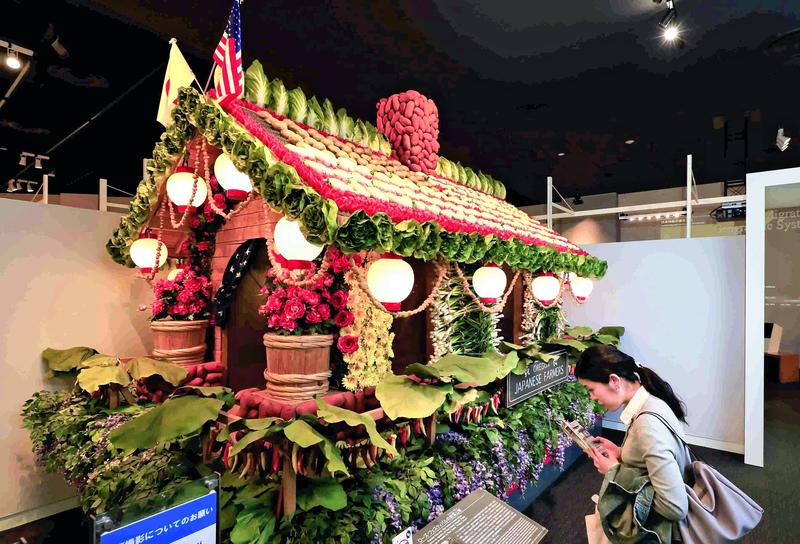
The first wave of Japanese emigrants arrived in Hawaii and the West Coast of the United States. They worked diligently in their respective destinations, hoping to become successful in the New World, and were highly evaluated at first. As the number of Japanese increased, they began to be seen as a threat to the livelihoods of white farmers. The museum exhibits a large number of images of newspaper articles, documents and posters calling for the expulsion of Japanese immigrants.
Around that time, foreign remittances to Japan from Japanese emigrants were valuable, so the Japanese government encouraged emigration to South America as a national policy when Japanese people could not emigrate to North America. Among the museum's exhibits are copies of posters and newspaper advertisements carrying cheerful messages, such as "Let's go to South America together with your whole family" and "Go to Brazil!" with the idea that emigration was encouraged by the public and private sectors.
Another exhibit shows trunks piled up like a mountain, filled with local language dictionaries, clothes and zori sandals -- items taken on emigrant ships before World War II. Yuzuru Koyanagi, 93, a second-generation Japanese-American who was visiting Japan to see relatives, said he thought his parents would have crossed the sea with such a huge amount of luggage.
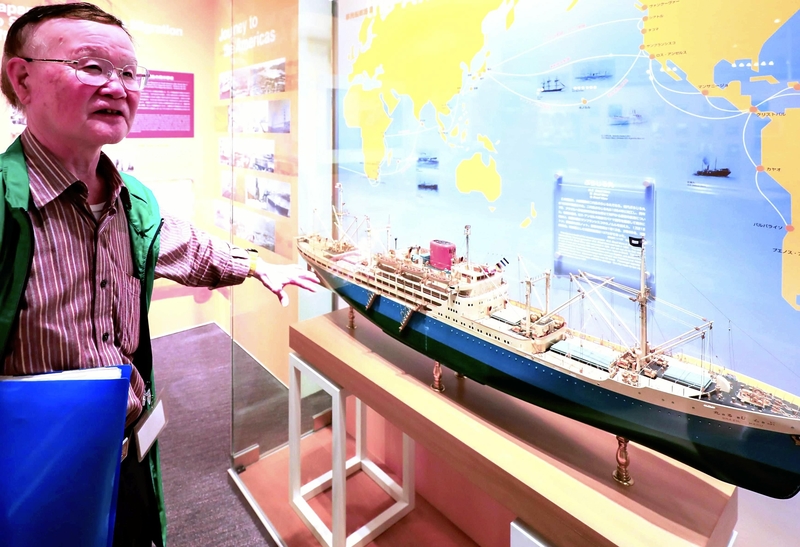
Koyanagi was engaged in farming and fruit cultivation in the United States and spent four years in an internment camp during the war. Looking at old farming equipment exhibited in the museum, Koyanagi said there have been joys and sorrows. He hopes more people will learn about the history of Japanese emigrants and their communities.
-- Japanese Overseas Migration Museum
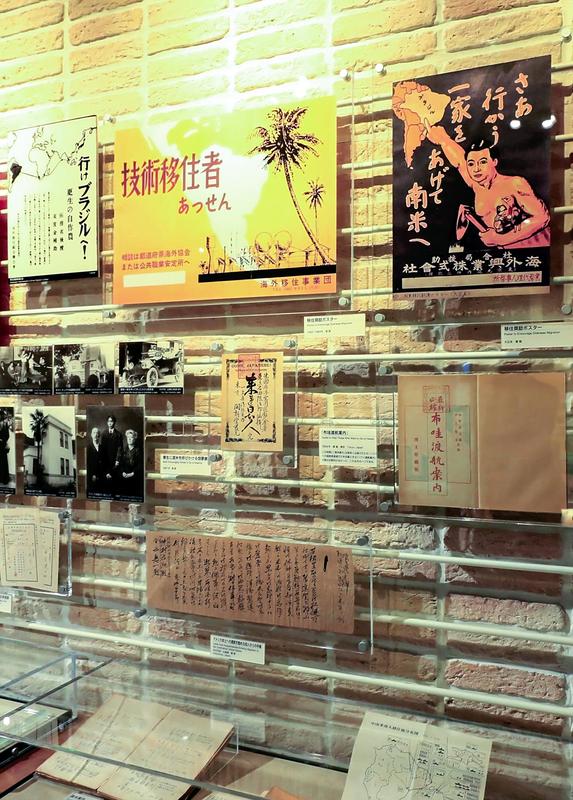
The museum is on the second floor of the JICA Yokohama International Center. Besides exhibits, valuable video footage of Japanese people who had just emigrated working on farms is shown on a large screen.
Address: 2-3-1 Shinko, Naka Ward, Yokohama
Open: 10 a.m. to 6 p.m. (closed on Mondays and year-end and New Year's holidays)
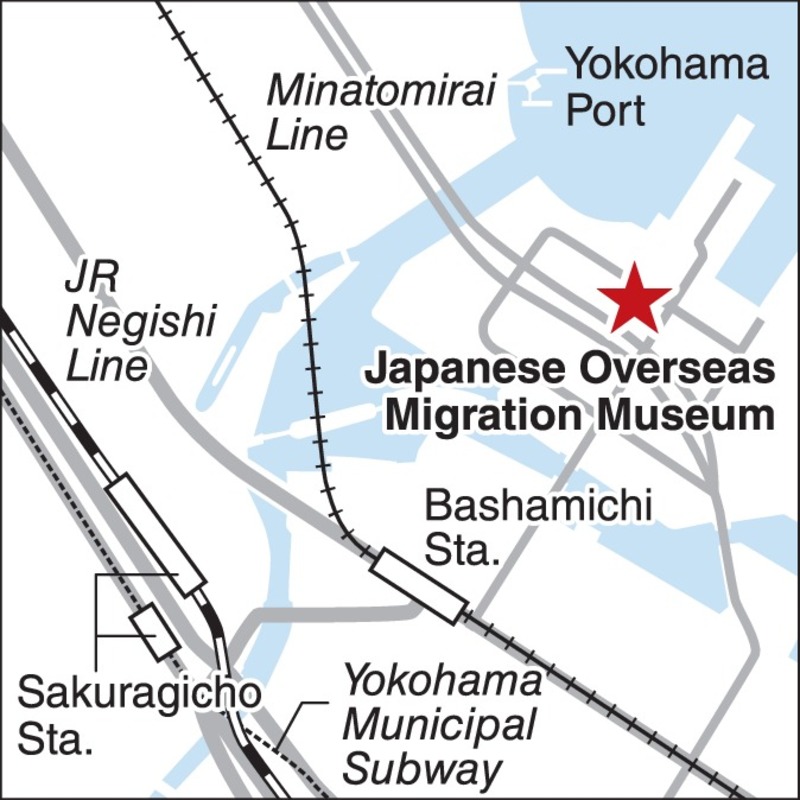
Admission: Free
Information: (045) 663-3257
Read more from The Japan News at https://japannews.yomiuri.co.jp/







